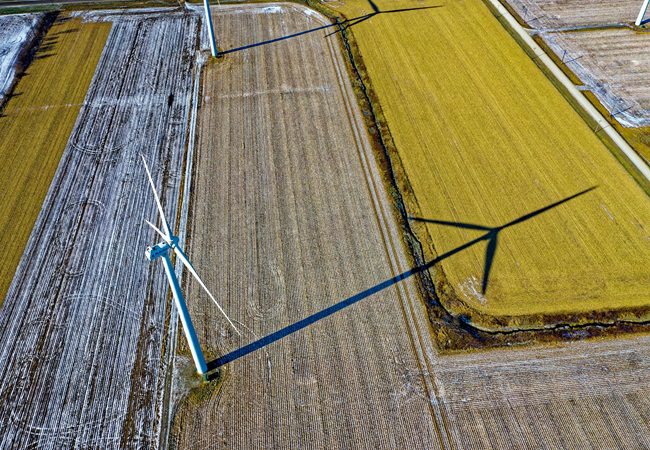The Rise of Green Technology: Top Innovations in Sustainable Tech

Introduction:
In a world where environmental concerns are at the forefront of global discussions, the rise of green technology has become a beacon of hope for a sustainable future. As our reliance on traditional energy sources continues to pose threats to the planet, innovative minds across the globe are steering towards eco-friendly alternatives. This article explores the top innovations in sustainable tech that are paving the way for a greener and more environmentally conscious tomorrow.
1. Solar Power Revolution:
At the forefront of the green technology movement is the solar power revolution. Solar energy harnesses the power of the sun to generate electricity, offering a clean and renewable energy source. Advances in solar panel technology have made them more efficient and affordable, contributing to the widespread adoption of solar power. From residential rooftops to vast solar farms, this innovation is changing the way we power our homes and businesses.
2. Wind Energy Advancements:
Another key player in sustainable tech is wind energy. Harnessing the kinetic energy of the wind, wind turbines generate electricity without emitting harmful pollutants. Technological advancements in wind turbine design and efficiency have made wind energy a viable and cost-effective alternative to traditional power sources. Offshore wind farms, in particular, are gaining popularity, tapping into strong and consistent wind currents to produce large amounts of clean energy.
3. Electric Vehicles Transforming Transportation:
The transportation sector has long been a major contributor to carbon emissions. However, the rise of electric vehicles (EVs) is changing the landscape of sustainable transportation. With advancements in battery technology, EVs are becoming more affordable, offering longer ranges, and contributing to a significant reduction in greenhouse gas emissions. As charging infrastructure continues to expand, electric vehicles are poised to play a pivotal role in the quest for a sustainable future.
4. Smart Grids for Efficient Energy Management:
Smart grids represent a technological leap in the management of energy distribution. These intelligent networks use advanced sensors and communication technology to optimize the flow of electricity. By enhancing efficiency and minimizing wastage, smart grids contribute to a more sustainable and reliable energy infrastructure. The integration of renewable energy sources is made smoother, creating a balanced and resilient power grid.
5. Sustainable Architecture and Green Buildings:
The construction industry is undergoing a green transformation with sustainable architecture and green building practices. From energy-efficient designs to the use of eco-friendly materials, architects and builders are prioritizing environmental considerations. Green buildings not only reduce energy consumption but also promote healthier living environments. Features such as solar panels, rainwater harvesting, and efficient insulation contribute to a more sustainable and eco-conscious urban landscape.
6. Waste-to-Energy Solutions:
The issue of waste disposal is a global challenge, but green technology is offering innovative solutions through waste-to-energy processes. Technologies like anaerobic digestion and incineration convert organic waste into biogas or electricity. This not only helps in reducing the volume of landfill waste but also generates clean energy from materials that would otherwise contribute to environmental degradation.
7. Hydrogen Fuel Cells:
A Clean Energy Source:
Hydrogen fuel cells have emerged as a promising clean energy source with various applications. These cells convert hydrogen and oxygen into electricity, emitting only water vapor as a byproduct. In industries and transportation, hydrogen fuel cells are gaining traction as an alternative to conventional fossil fuels. As advancements continue, hydrogen technology holds the potential to revolutionize various sectors, contributing to a more sustainable energy landscape.
Conclusion:
The rise of green technology signifies a transformative era where innovation aligns with environmental responsibility. From harnessing renewable energy sources to reimagining transportation and construction practices, these sustainable tech innovations are shaping a future that prioritizes the well-being of our planet. As the world embraces these advancements, the momentum towards a greener and more sustainable future becomes unstoppable. The journey towards a cleaner, healthier, and more sustainable world is not just an option; it is a collective responsibility that each one of us can contribute to through the adoption and support of green technology.





